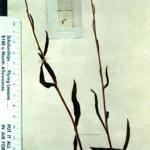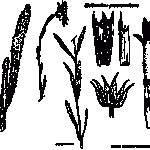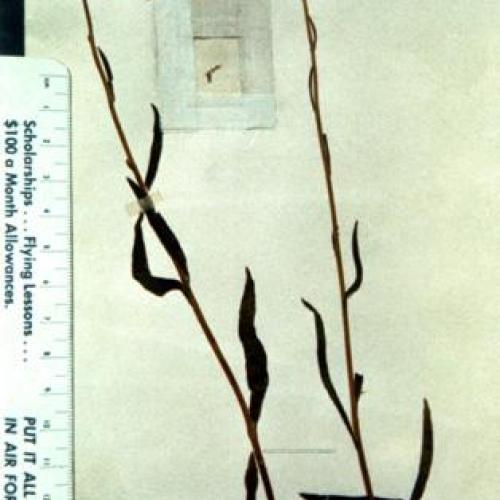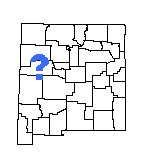Helianthus praetermissus (Lost Sunflower)
| USFWS | State of NM | USFS | BLM | Navajo Nation | State Rank | Global Rank | R-E-D Code | NMRPTC Status | Strategy Status |
|---|---|---|---|---|---|---|---|---|---|
| SH | GHQ | 3-?-3 | R | SS |
| Overall Conservation Status | Documented Threats | Actions Needed |
|---|---|---|
| WEAKLY CONSERVED | No information |
Locate historic NM population. Taxonomic issues |
*New Mexico Native Plants Protection Advisory Committee. 1984. A handbook of rare and endemic plants of New Mexico. University of New Mexico Press, Albuquerque.
Heiser, C.B., D.M. Smith, S.B. Clevenger and W.C. Martin. 1969. The North American sunflowers (Helianthus). Memoirs of the Torrey Botanical Club 22(3):1-218.
Sitgreaves, L. 1853. Report of an expedition down the Zuni and Colorado rivers. Senate Executive Document Number 59, 32nd Congress, 2nd Session. Reprinted in 1962 by Rio Grande Press, Chicago, Illinois.
*Watson, E.E. 1928. Contributions to a monograph of the genus Helianthus. Papers of the Michigan Academy of Science, Arts and Letters 9:305-476.
For distribution maps and more information, visit Natural Heritage New Mexico




